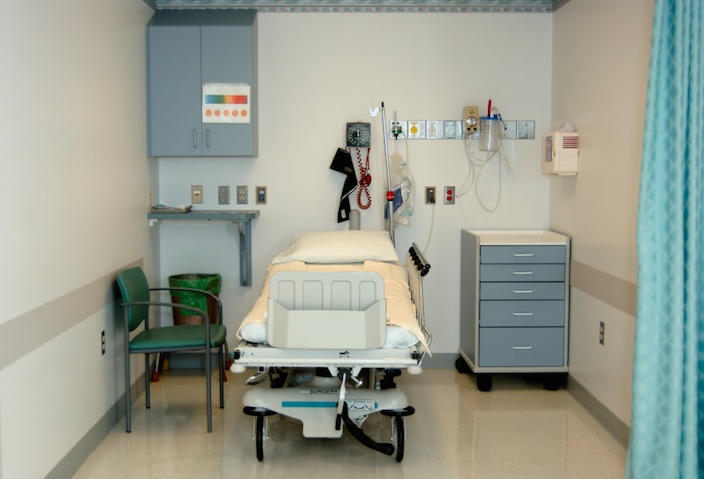
Even in a brand new hospital with all of the latest technology, systems are not completely foolproof. As a medical professional, the more you can anticipate problems, the more prepared you will be to handle them and advanced planning may help avoid a potential crisis.
Let’s look at in-wall medical suction, for an example. It is convenient and commonplace in most hospitals, it isn’t always enough. Here are some instances where a portable suction machine can solve what would have been a problem.
When you need suction away from the bedside
For the routine suctioning of a patient’s airway or even handling a bedside code, in-wall suction is generally useful. However, what if a patient goes into cardiac or respiratory arrest while being transported to another location? What if a staff member or visitor drops to the ground in the cafeteria? These are locations where in-wall suction is not available, and getting the patient to an area with in-wall suction may take too long, which compromises patient care. However, if your crash cart is stocked with a portable suction machine, it can be easily brought to the patient and used as needed. When there is a power outage or utility disruption
When there is a power outage or utility disruption
Whether an external disaster such as a tornado or an internal cause such as a cut power line during construction, hospitals may experience times of power loss. Though backup generators are in place for situations like this, stronger and more frequent hazardous weather events have demonstrated that even generators can fail. And without electricity, in-wall suction will not operate.
What about water? If a local water main breaks or there is an internal loss of water pressure, there will be a disruption in water supply. This may also affect medical suction since many suction compressors are water-cooled. Without suction, your most critical patients are placed at risk.
During disruptive events, the availability of portable suction units will be essential for the continuation of safe patient care. There are units that run solely on alkaline batteries, so in the case of an extended outage or during an evacuation, you can be certain that effective suction is delivered.
When the amount of suction delivered is insufficient
Even though most in-wall suction systems are designed with filters and overflow traps to keep materials from entering the pipelines, dust, lint and fluids may still get into the system. This can cause the equipment to not function properly and a decrease in the applied suction.
Regular inspection of the filters and scheduled maintenance of the piping system may help avoid this, but what if you are handling a critical patient situation and you can’t achieve the desired level of suction you need to clear the patient’s airway?
Grab the nearest portable suction machine! Having a portable suction device for backup will give you peace of mind knowing that you have reliable suction at your fingertips in every situation.
In patient care situations, you don’t want to be caught off guard. Take the time to consider the limitations of the many systems within your hospital and try to proactively address them. In the case of in-wall suction, for those times–and you know they will come–when it just can’t meet your needs, make sure you have plenty portable suction units available.
Editor's note: This blog was originally from October 2015. It has been re-published with additional up to date content.













